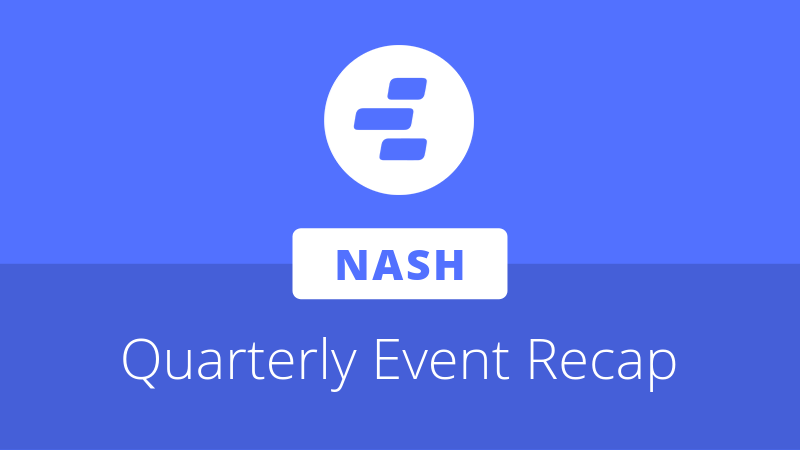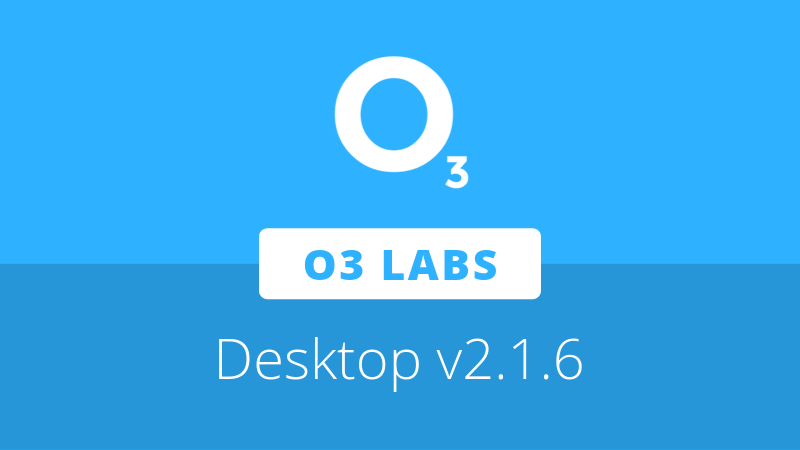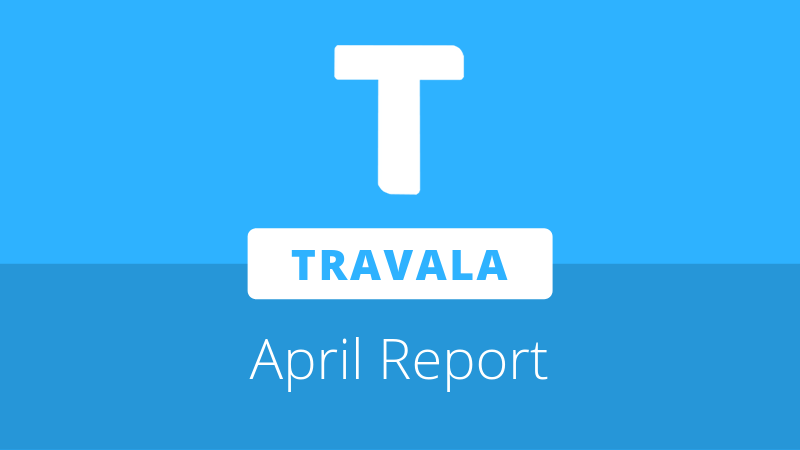
On Saturday, April 27th Nash Exchange (Nash) hosted its second Quarterly Report event in London, UK. The primary topic of discussion was user experience feedback from the community beta testing, with an AMA/Q&A session following the initial presentations.
Various members of the Nash team were at the Quarterly Report event to present or speak on the AMA/Q&A panel afterward. Participants included:
- Fabio Canesin (co-founder)
- Ethan Fast (chief technology officer and co-founder)
- Nathaniel Walpole (chief development officer)
- Thomas Saunders (co-founder)
The event began with Canesin iterating that “Nash is a FinTech company, which uses blockchain as the infrastructure to build its services. Blockchain is an infrastructure piece; it’s not the reason [Nash] exists.” He went on to say, Nash as a company seeks to “provide financial tools for the decentralized future of finance.”
Backend matching engine
Canesin then went on to outline the Nash Exchange backend matching engine. At the time of the event, the minimum viable product (MVP) feature includes different ways in which order can be filled. He stated, “There is still refinement, there are bugs to be fixed, there are improvements to be made everywhere. But, we are feature complete. So, we will not be approaching the market with a product that does not deliver what the user expects.”
Nash recently completed its protocols for Ethereum and NEO settlement. Canesin stated that the “cross-chain settlement of trades in non-custodial form is also another first [for non-custodial exchanges].”
Lastly, the Nash code has undergone five security reviews by three different partners, with no significant issues reported.
Increase in user base
Canesin highlighted that the exchange now registered more than 32,000 new unique users who did not participate in the public token sale. This increase in registered users is relative to the referral program, which Canesin unveiled at NEO DevCon in February 2019.
The team reports that each new user acquired through the referral program cost the team less than US $0.33.
Community beta testing feedback and UX improvements
On March 31st, Nash launched its community beta testing platform, which sought to collect feedback to achieve a “seamless experience that blockchain requires if it is to see mass adoption.”
To gain input on the user experience, Nash first spoke with potential users of its platform to learn what they seek in an exchange. Afterward, the development team built the product and tested it in the community beta. The project is undergoing refinement based on user-testing has already lead to changes in the two-factor authentication (2FA) method; the orders panel, pane, and book; and, the layout of the page for transferring funds.
Looking forward Nash expects to conduct more community testing, Nathaniel Walpole stated, “we’re going to be constantly integrating, and it is a cyclical process.”
Features to follow the launch of the exchange
Ethan Fast discussed a variety of services that are of “broader focus [areas] for decentralized finance” for the team following the initial phase of launching the non-custodial exchange.
Fast highlighted nashPay, “a service that allows for payments between individuals, or individuals and merchants.” The exchange is anticipating competing in a US$1 trillion market.
Secondly, Fast discussed nashMobile, which will utilize mobile technology for payments and trading. The development team aims to offer a more secure 2FA method via the mobile application, which will make it easy to access and use the exchange.
Lastly, Fast stated nashFunds will be a service that allows users to “hold any digital asset.” The team is currently integrating support for other digital assets such as Litecoin, Bitcoin Cash, and Bitcoin. Looking forward, Nash plans to launch its protocol for Bitcoin trading “very soon after launch.” The protocol will allow for “individuals to have self-custody of Bitcoin and also trade that Bitcoin in a performant way.”
Burn rate
During the AMA/Q&A session, a member of the audience asked about Nash’s current funding levels and burn rate. Nash raised the majority of their funding in fiat currency through VC’s and partnerships. The team only accumulated NEO through the community and public token sale.
The majority of Nash’s assets are in held in cash, as the team liquidated a large portion of their token sale as soon as the funding became available. Though, Canesin did state the company does have positions in NEX, Bitcoin, NEO/GAS, and Ethereum for exposure in the market.
At current development levels and plans for expansion, Nash has a burn rate of two years in fiat reserves, and close to three-and-a-half years including the totality of all their assets. Should Nash reach a burn rate that’s below 18-months, then they will explore other funding options.
Initial Exchange Offerings (IEO)
An audience member asked the panel to discuss their insights on IEOs. Canesin took the microphone and asked, “why do you have an exchange?” He went on to say, “Let’s go back a thousand years when exchanges were created. Exchanges were needed for someone to sell something and buy something.”
Getting something listed on that exchange is, in all actuality, the “initial offering.” Canesin iterated, “the innovation of initial offerings is blockchain. Without a centralized market. Without a centralized entity. That was the innovation, not the IEOs. What happened with the innovation of blockchain is initial offerings, without a centralized market, without a centralized entity. That was the innovation, not the IEOs.”
Nash anticipates conducting IEOs, but all the check marks of the legal processes will be complete before listing a company.
Therefore, Nash aims to have the proper systems and process in place on the platform when a non-tech or non-blockchain company approaches Nash to offer a token.
Nash is hiring
Over the previous year, the Nash Exchange team has grown from 10 employees to nearly 30. Though, the development team is looking to expand by at least one new backend engineer, an infrastructure (cloud) developer, and a mobile engineer.
Experience using Elixir is preferred but not mandatory.
To learn more, visit:
www.jobs.lever.co/nash.io
Next Quarterly Event
The next Quarterly Event is tentatively planned to take place in the US, though the specific location has yet to be determined.
The full Quarterly Event stream can be found at the following link:
https://youtu.be/jWHrQr9iAaU







About The Author: Dylan Grabowski
Dylan is a reformed urban planner with a passion for covering the Neo ecosystem. His objective as a writer for Neo News Today is to report news in an objective, fact-based, non-sensational manner. When not behind a computer screen, he can be found in the mountains rock climbing. Find Dylan on Twitter (@GrabowskiDylan).
More posts by Dylan Grabowski